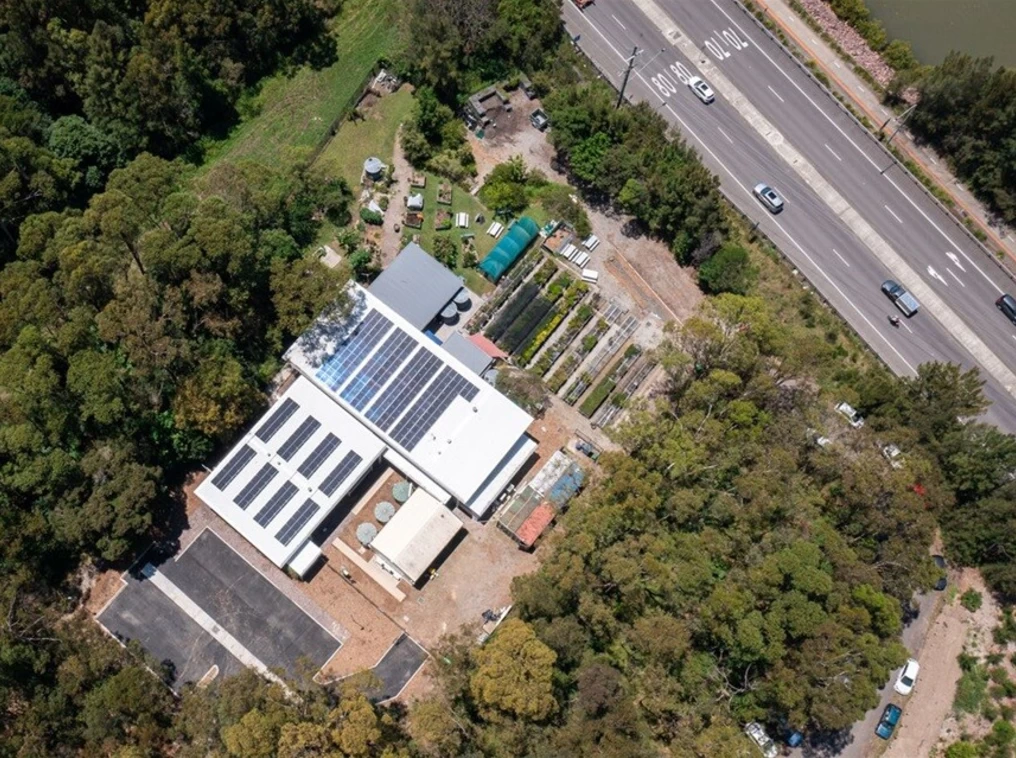Bellbird Urban Permaculture

Having a productive garden is a joy to watch it grow, learn about the plants that provide for us, and eat fresh nutritious produce. Inviting others into our little paradise is such an absolute pleasure, the buzz of people as they are excited by ideas for their own garden, I don't think a garden is complete until it's shared. We learned more about our plants. The large grey green grasses in our cottage garden which I'd found growing along a bush track, assuming they were 'native', I thought I'd extend the native habitat. Maree discovered that they are in fact from the paspalum family and a notifiable weed! So I've already purchased some suitable native replacements that also aren't spreading, of the same lovely colour. Our garden was designed to maximise growing space by careful design of minimising paths whilst allowing access for harvest to everything. We found a key hole design (typical of permaculture) in our vegie and cottage garden acheived this.

Our orchard is very compact of dwarfing deciduous varities (apricot, peaches, quince, cherry, pear, apples), placed on the west side of our vegie garden shading it from the harsh western sun in summer. The tropical fruits (bananas, curry tree, mango, sapote, ice-cream bean) are located on the south of the orchard, with a duck pond to their north to create a warm humid microclimate. Space saving ideas include espaliared trees on the vegie fence, running poultry in the orchard, and growing pumpkins over a net above the vegie garden for shade during summer. We use vertical space (vertical gardens on the backyard fence, shade trelises of choko).

Permaculture is about sustainable design methods for production inspired by nature. For example our mandala vegetable patch is made up of eight pie shaped yards which our rotating chicken house (a recycled timber house mounted on an old hills hoist) lets our chickens access each yard as part of a 3 - 4 month crop rotation, fertilising and hoeing the bed for the next crop. All our beds are planted as a 2 week mixed supply of food, not in single species beds (this confuses the pests!). Visit my blog for a full article on our vegie plot design.

Over 200 plant varieties (maybe 300!) grace our garden (and counting). Yacon, coconut geranium, qld arrowroot, citranella grass, elder, yam, wild oregano, marshmallow, brahmi...... Each is selected specifically to do at least two jobs, therefore maximising the yield of our land. For example mulberries offer human, stock and poultry food, placed so each animal can self harvest. Additionally the leaves are a natural stock wormer, the berries produce a wonderful food dye, and it shades our vegetable patch from the western sun. We also use many of our gardens plants as nutural dyes: apples, elder, madder, lady's bedsraw, eucalyptus, comfrey, rhubarb etc... And our herbs offer medicine: wild oregano, rosemary, marshmallow, brahmi, penny wort, etc....















